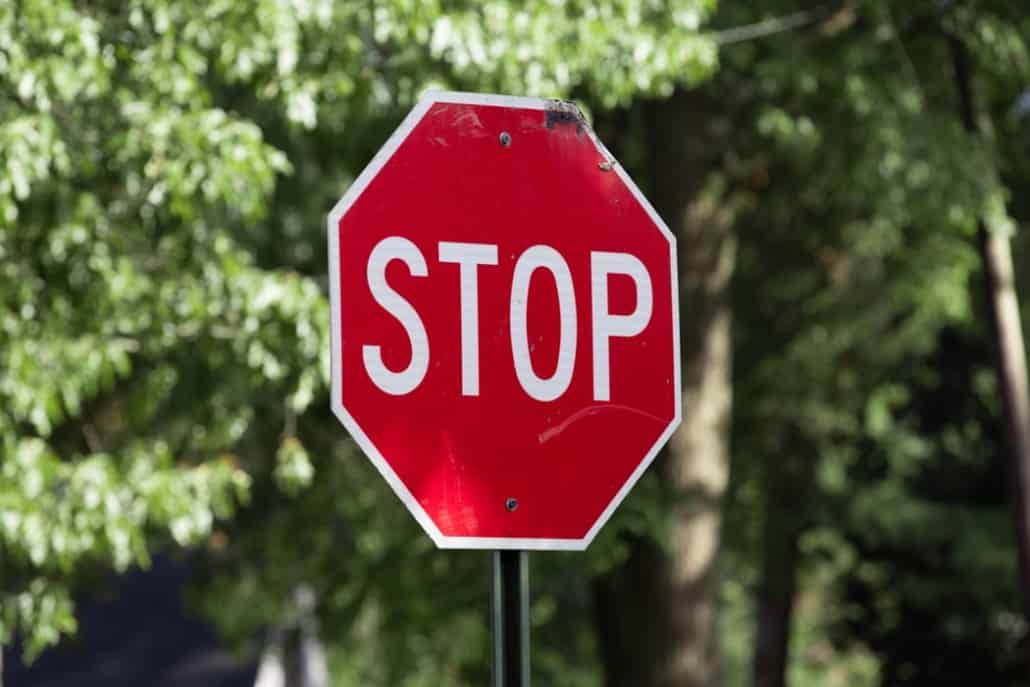11 Ways to Stop Panic Attacks
Panic attacks are sudden, intense surges of fear, panic, or anxiety. They are overwhelming, and they have physical as well as emotional symptoms.
Many people with panic attacks may have difficulty breathing, sweat profusely, tremble, and feel their hearts pounding.
Some people will also experience chest pain and a feeling of detachment from reality or themselves during a panic attack, so they make think they’re having a heart attack. Others have reported feeling like they are having a stroke.
Panic attacks can be scary and may hit you quickly. Here are 11 strategies you can use to try to stop a panic attack when you’re having one or when you feel one coming on:
While hyperventilating is a symptom of panic attacks that can increase fear, deep breathing can reduce symptoms of panic during an attack.
If you’re able to control your breathing, you’re less likely to experience the hyperventilating that can make other symptoms — and the panic attack itself — worse.
Focus on taking deep breaths in and out through your mouth, feeling the air slowly fill your chest and belly and then slowly leave them again. Breathe in for a count of four, hold for a second, and then breathe out for a count of four:
By recognizing that you’re having a panic attack instead of a heart attack, you can remind yourself that this is temporary, it will pass, and that you’re OK.
Take away the fear that you may be dying or that impending doom is looming, both symptoms of panic attacks. This can allow you to focus on other techniques to reduce your symptoms.
Some panic attacks come from triggers that overwhelm you. If you’re in a fast-paced environment with a lot of stimuli, this can feed your panic attack.
To reduce the stimuli, close your eyes during your panic attack. This can block out any extra stimuli and make it easier to focus on your breathing.
Mindfulness can help ground you in the reality of what’s around you. Since panic attacks can cause a feeling of detachment or separation from reality, this can combat your panic attack as it’s approaching or actually happening.
Focus on the physical sensations you are familiar with, like digging your feet into the ground, or feeling the texture of your jeans on your hands. These specific sensations ground you firmly in reality and give you something objective to focus on.
Some people find it helpful to find a single object to focus all of their attention on during a panic attack. Pick one object in clear sight and consciously note everything about it possible.
For example, you may notice how the hand on the clock jerks when it ticks, and that it’s slightly lopsided. Describe the patterns, color, shapes, and size of the object to yourself. Focus all of your energy on this object, and your panic symptoms may subside.
Much like deep breathing, muscle relaxation techniques can help stop your panic attack in its tracks by controlling your body’s response as much as possible.
Consciously relax one muscle at a time, starting with something simple like the fingers in your hand, and move your way up through your body.
Muscle relaxation techniques will be most effective when you’ve practiced them beforehand.
What’s the most relaxing place in the world that you can think of? A sunny beach with gently rolling waves? A cabin in the mountains?
Picture yourself there, and try to focus on the details as much as possible. Imagine digging your toes into the warm sand, or smelling the sharp scent of pine trees.
This place should be quiet, calm, and relaxing — no streets of New York or Hong Kong, no matter how much you love the cities in real life.




